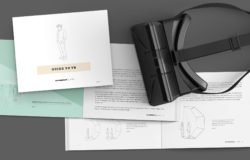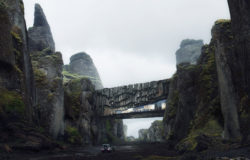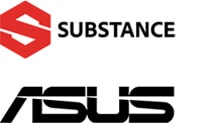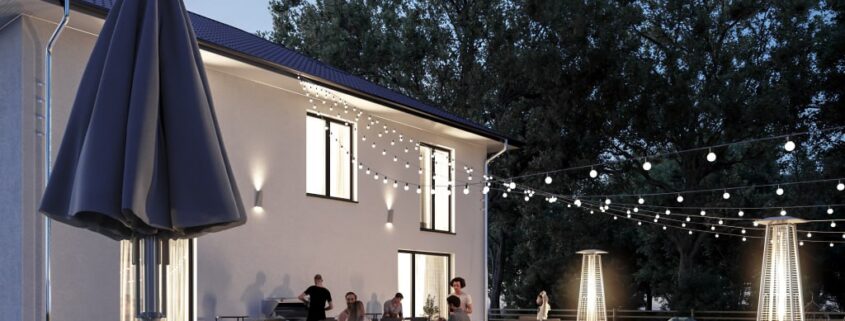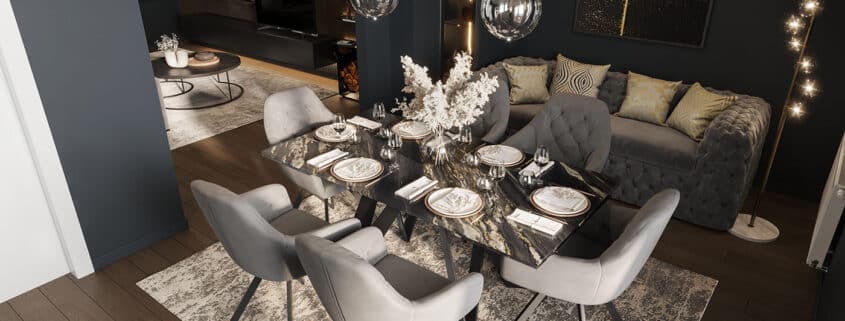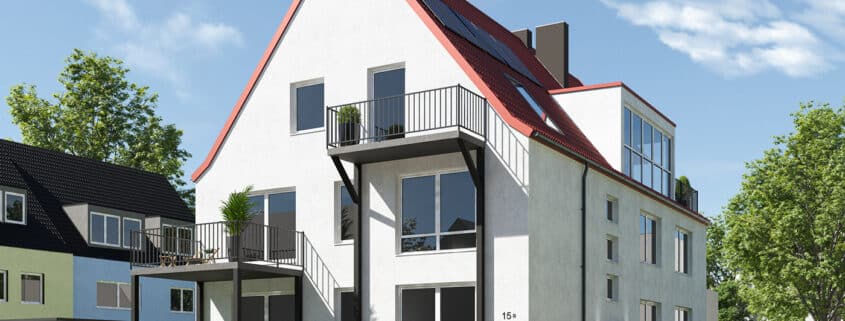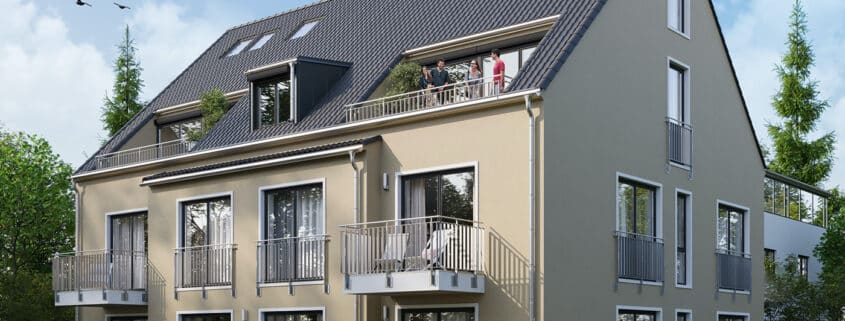Living Room for a loft in Limassol Cyprus
Renderings for an interior design project regarding a residence in Limassol, Cyprus. It’s the first part of a series of renderings which includes the living room (as seen here), the bedroom and the entertainment area. A juxtaposition of natural materials and finely crafted furniture, create the perfect balance through modern and minimal forms.
See more of my work:
https://www.behance.net/betatheodor







